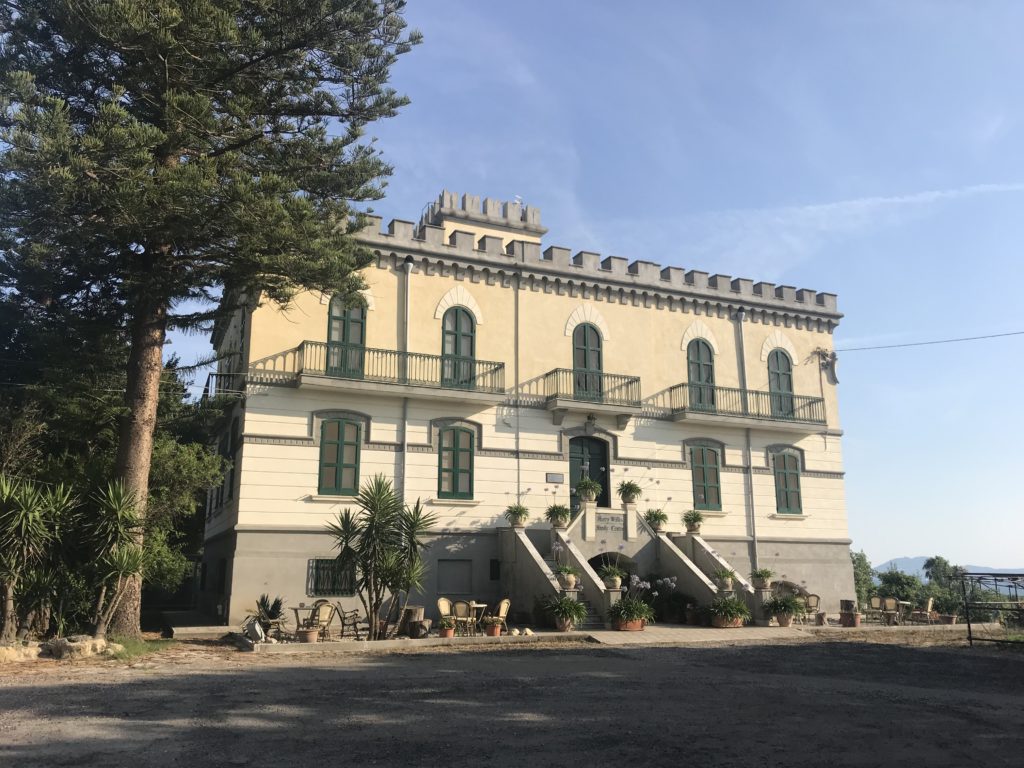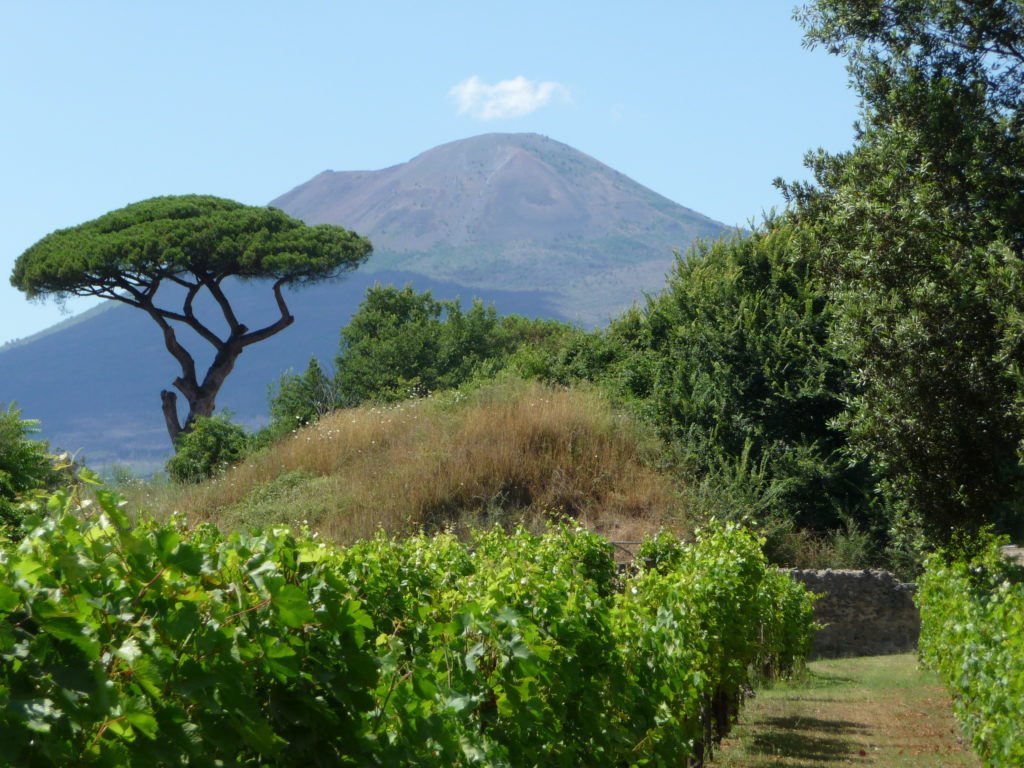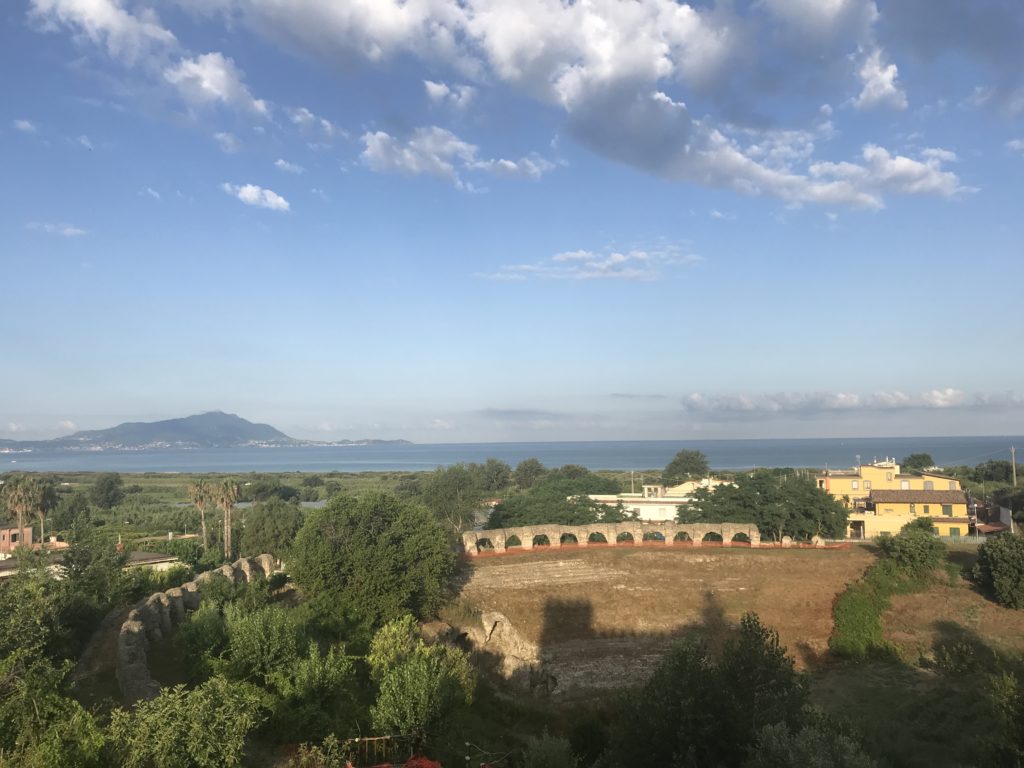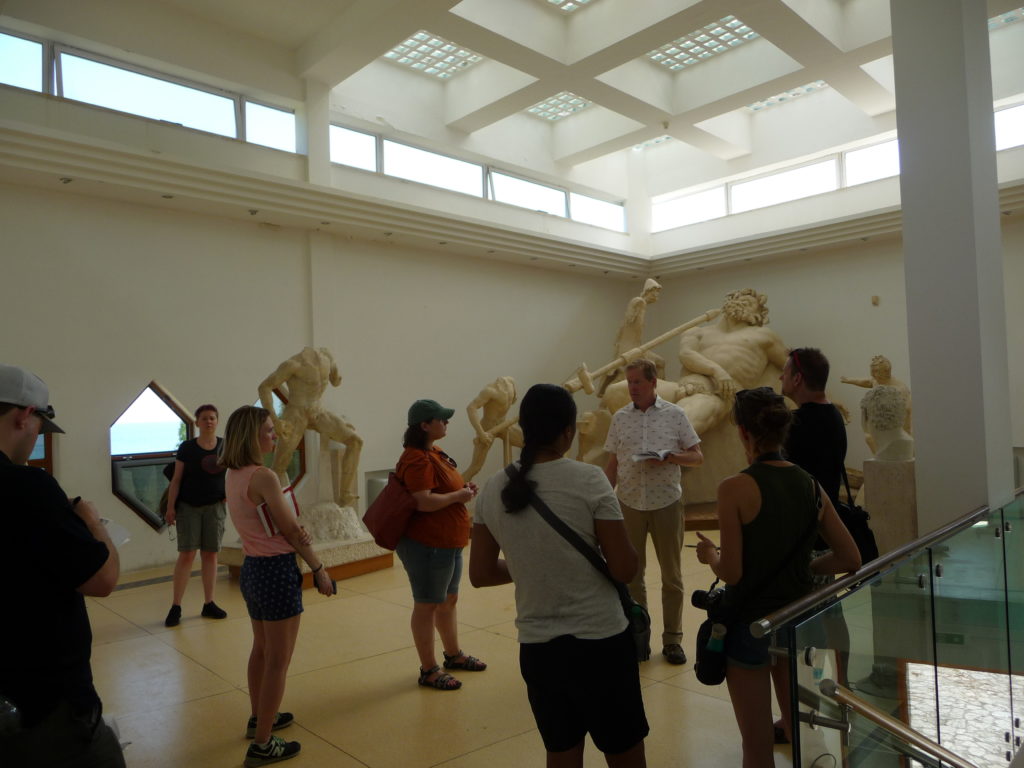Greeks and Romans on the Bay of Naples
Dates: CANCELED
Due to the coronavirus situation, this tour has been canceled, but scholarships can be carried over until the summer of 2021. Participants have the option of carrying forward their deposits/payments until next summer or receiving their money back.
Director: Steven L. Tuck, Miami University

In this study tour we explore the ancient lands along the Bay of Naples, a crossroads in ancient Italy and the Mediterranean. Many ancient cultures including the Etruscans, Samnites, Lucanians, but primarily the Greeks and Romans, came together in this area. The Greeks sought trade and the entrance to the underworld; the Romans themselves considered the Bay of Naples a leisure paradise. From our base at the Harry Wilks Study Center at the Villa Vergiliana we’ll experience both aspects.

Each group of inhabitants brought their own cultures that mingled into a unique cultural blending. For example, at Pompeii we’ll see the city’s Etruscan origins, Oscan phase, and Roman colony. At Paestum we’ll enter the best-preserved Greek temples in Italy, examine brilliantly painted Lucanian tombs, and explore a Roman city. In the territory of Cumae we will visit the site of the entrance to the underworld, a Roman naval base, the grotto of the Sibyl, and learn the fate of survivors of the Vesuvian eruption of AD 79. In our explorations across the Bay of Naples we will move between Roman villas and Greek cities, Etruscan temples and Oscan houses, and see the full range of ancient cultures that created the dynamic life in this fascinating region.

Sites visited will include Capri, Pompeii, Herculaneum, Naples, Puteoli, Capua, Cumae, Sperlonga, Stabiae, Liternum, Paestum, and many others. Cost: $2795, which includes room and board, site and museum admissions, and ground transportation during the tour.

The tour director, Dr. Steven L. Tuck (tucksl at miamioh.edu), has directed over 15 study tours in Italy. He is Professor of Classics at Miami University. He received his PhD in Classical Art and Archaeology from the University of Michigan. He is the author of A History of Roman Art and many articles and chapters on Roman art, especially Roman sculpture. He also publishes on Latin epigraphy and on spectacle entertainments in the Roman world. He has written and recorded five courses on the ancient world for The Great Courses, and has received 9 awards for undergraduate teaching including the Archaeological Institute of America Excellence in Undergraduate Teaching Award.